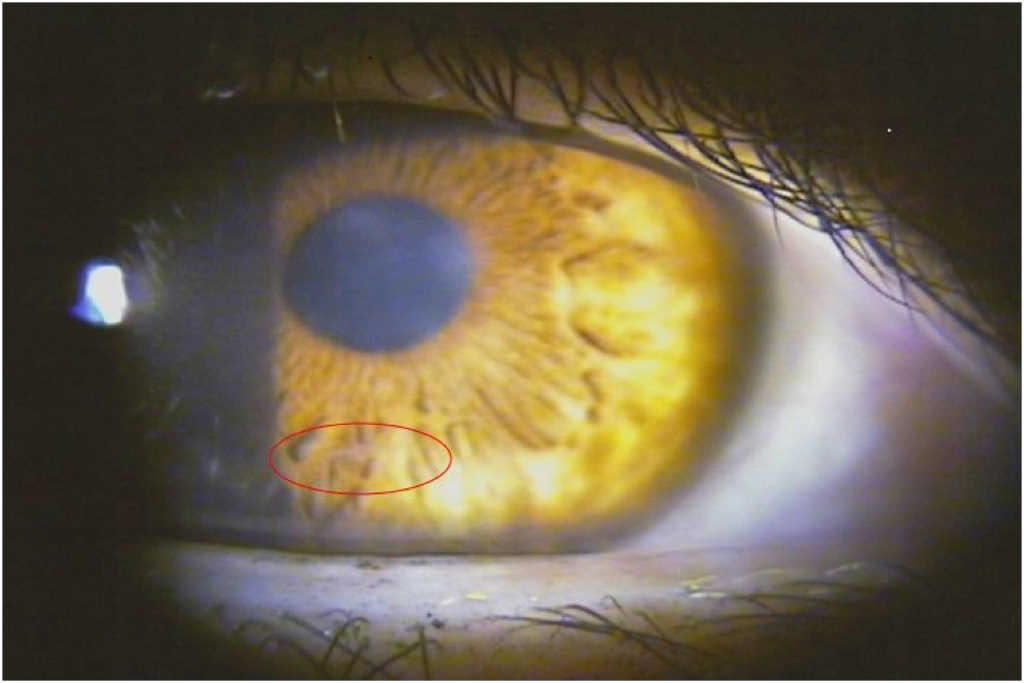New worm found in eye
A new species of parasitic nematode has now been identified in three previously healthy, relatively young residents of Saipan, the largest island of the US-managed Northern Mariana Islands in the Pacific.
According to a case report published by the Marianas Eye Institute in the American Journal of Ophthalmology, the three patients, identified over a 20-year period, all had the same unidentified worm in their eyes, causing corneal opacification, conjunctival injection and uveitis.
“This is a fascinating series of cases,” said Dr David Khorram, the co-founder and prior ophthalmologist at Marianas Eye Institute. “When the first patient came into us in 1997 with a live worm in their eye, we knew we were seeing something never seen before. We weren’t sure what to do. We tried removing the worm which didn’t work; we tried killing the worm with a laser, but it didn’t die. Finally, with the help of Dr Stephen Gee in Hawaii, a special technique was used to successfully extract the worm.”
The first worm was handed to a pathologist for analysis and identification, but was lost, while the second worm to be found (some years later) was removed, but was not intact and could not be successfully analysed or identified. The third and final case was identified in 2008. The worm was removed intact and sent for analysis and identification to the Armed Forces Institute of Pathology in Washington, DC, and was found to be a completely new parasite.
The published case report describes the details of each of the three cases, showing that each worm was an isolated finding, with no other worms found in other parts of the body. All the patients were young and healthy. It is not known how the worm entered the eye, but it is speculated that it was probably introduced through an insect bite and grew within the body, migrating to the cornea, said Dr Khorram. “Although these are the first three reported cases in the world, now that doctors know that a tiny worm can live in the cornea, we are certain that more cases will be found.”
Future clinical findings regarding this newly described nematode are needed to further develop understanding of the disease, he added.



























